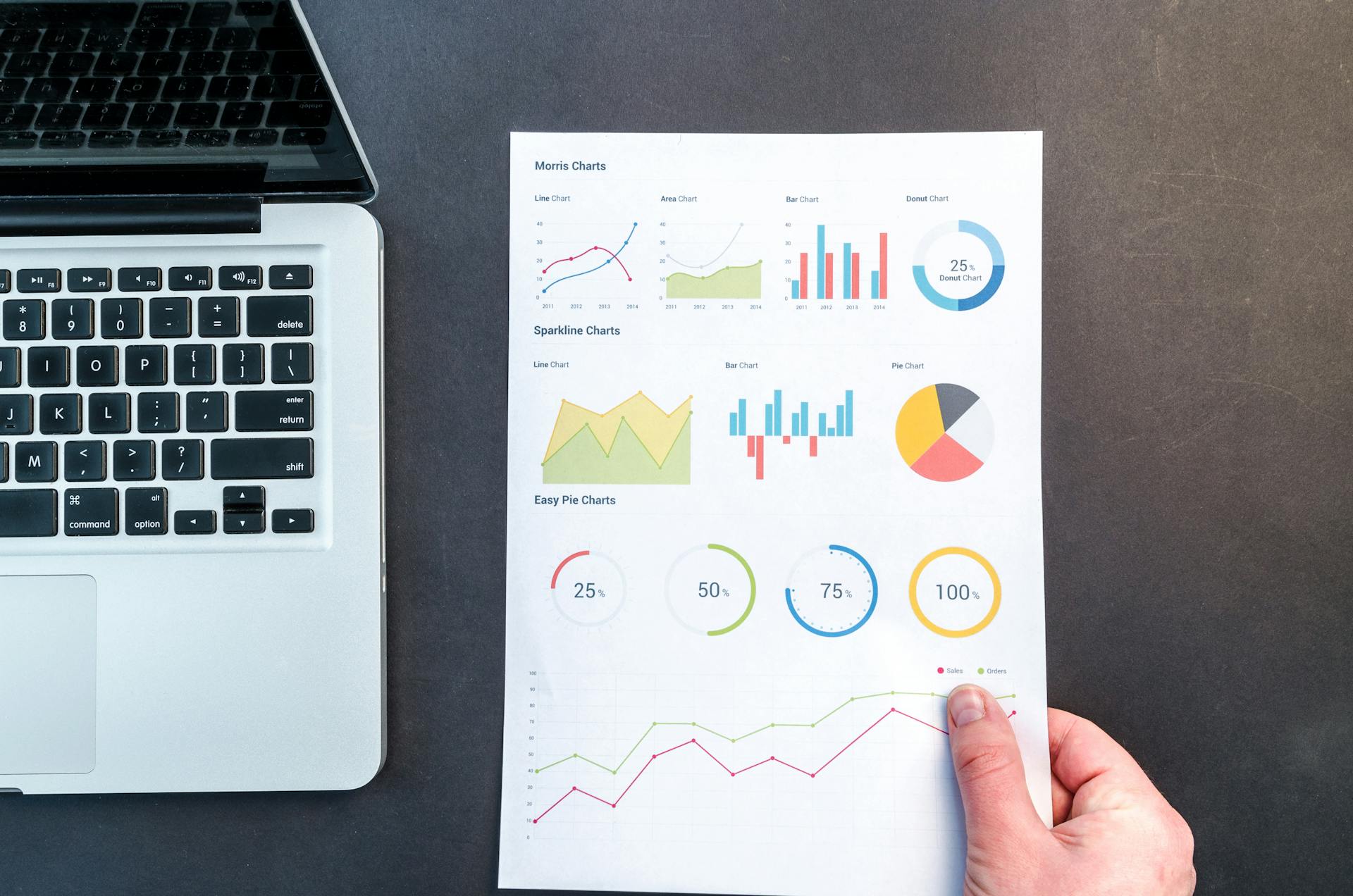My Blog
Harnessing the Power of Predictive Analytics for Market Forecasting and Strategy
- May 1, 2024
- -
- Strategy
- -
- admin

In the rapidly evolving business landscape, staying ahead of market trends and making informed strategic decisions are critical for success. Predictive analytics, which uses historical data, statistical algorithms, and machine learning techniques, is becoming an indispensable tool for businesses. As the Director of Strategy, Marketing, and Venture Building at a Business Consulting firm, I’ve seen firsthand how predictive analytics can transform market forecasting and strategy formulation. This article explores the applications of predictive analytics in market trend forecasting and strategic business decisions, providing insights and actionable steps for businesses to leverage this powerful tool.
The Importance of Predictive Analytics
Predictive analytics offers several key advantages for businesses:
- Informed Decision-Making: By analyzing historical data and identifying patterns, predictive analytics provides businesses with valuable insights that inform decision-making processes. This leads to more accurate and confident decisions.
- Competitive Advantage: Companies that utilize predictive analytics can anticipate market trends, understand customer behavior, and respond proactively, gaining a significant edge over competitors.
- Resource Optimization: Predictive analytics helps businesses allocate resources more effectively by identifying areas with the highest potential return on investment.
- Risk Management: By forecasting potential risks and challenges, businesses can develop strategies to mitigate them, ensuring smoother operations and greater stability.
Applications of Predictive Analytics in Market Trend Forecasting
Predictive analytics can be applied in various ways to forecast market trends. Here are some key applications:
1. Demand Forecasting
Demand forecasting involves predicting future customer demand for products or services. Predictive analytics helps businesses:
- Analyze Historical Sales Data: By examining past sales data, businesses can identify trends and patterns that indicate future demand.
- Incorporate External Factors: Factors such as seasonality, economic conditions, and market trends are integrated into the forecasting model for more accurate predictions.
- Optimize Inventory Management: Accurate demand forecasts enable businesses to maintain optimal inventory levels, reducing costs associated with overstocking or stockouts.
2. Customer Behavior Analysis
Understanding customer behavior is crucial for developing effective marketing strategies. Predictive analytics helps businesses:
- Segment Customers: By analyzing customer data, businesses can segment their customer base into distinct groups based on purchasing behavior, preferences, and demographics.
- Predict Customer Churn: Identifying patterns that indicate potential customer churn allows businesses to take proactive measures to retain customers.
- Personalize Marketing Campaigns: Predictive analytics enables businesses to create targeted marketing campaigns that resonate with individual customers, increasing engagement and conversion rates.
3. Market Trend Analysis
Staying ahead of market trends is essential for maintaining competitiveness. Predictive analytics helps businesses:
- Identify Emerging Trends: By analyzing large datasets from various sources, businesses can detect emerging trends and shifts in customer preferences.
- Forecast Industry Changes: Predictive models can forecast industry changes and disruptions, allowing businesses to adapt their strategies accordingly.
- Monitor Competitor Activities: Analyzing competitor data helps businesses understand market positioning and identify opportunities for differentiation.
Strategic Business Decisions Driven by Predictive Analytics
Predictive analytics not only forecasts market trends but also drives strategic business decisions. Here are some examples:
1. Product Development
Predictive analytics informs product development by:
- Identifying Customer Needs: Analyzing customer feedback and behavior helps businesses identify unmet needs and develop products that address those needs.
- Optimizing Product Features: Predictive models can determine which product features are most valued by customers, guiding feature prioritization and development efforts.
- Forecasting Product Performance: Predicting how new products will perform in the market helps businesses allocate resources effectively and minimize risks.
2. Marketing Strategy
Predictive analytics enhances marketing strategy by:
- Optimizing Marketing Spend: Analyzing the effectiveness of different marketing channels and campaigns helps businesses allocate their marketing budget more efficiently.
- Enhancing Customer Engagement: Predictive models can identify the best times and channels to engage customers, increasing the effectiveness of marketing efforts.
- Measuring Campaign Impact: Predictive analytics helps businesses measure the impact of marketing campaigns in real time, allowing for timely adjustments and improvements.
3. Supply Chain Management
Predictive analytics improves supply chain management by:
- Forecasting Demand Fluctuations: Accurate demand forecasts help businesses manage their supply chain more effectively, reducing costs and improving efficiency.
- Optimizing Logistics: Predictive models can optimize logistics by identifying the most efficient routes and transportation methods, reducing delivery times and costs.
- Managing Supplier Relationships: Analyzing supplier performance data helps businesses identify potential issues and negotiate better terms with suppliers.
Quotes and Insights from Industry Leaders
- Thomas H. Davenport, author of “Competing on Analytics”: “Organizations are increasingly relying on predictive analytics to gain a competitive edge. Those that can harness the power of data will be the leaders of tomorrow.”
- Peter Drucker, management consultant and author: “What gets measured gets managed.” Predictive analytics allows businesses to measure and analyze key metrics, driving informed decision-making.
Conclusion
Predictive analytics is a powerful tool that enables businesses to forecast market trends, understand customer behavior, and make strategic decisions with confidence. By leveraging predictive analytics, businesses can gain a competitive advantage, optimize resources, and mitigate risks. As the business landscape continues to evolve, those who embrace predictive analytics will be better positioned to navigate uncertainties and seize opportunities.
In the words of Jack Welch, former CEO of General Electric: “An organization’s ability to learn, and translate that learning into action rapidly, is the ultimate competitive advantage.” By harnessing the power of predictive analytics, businesses can transform insights into actionable strategies, driving growth and success in the modern marketplace.
